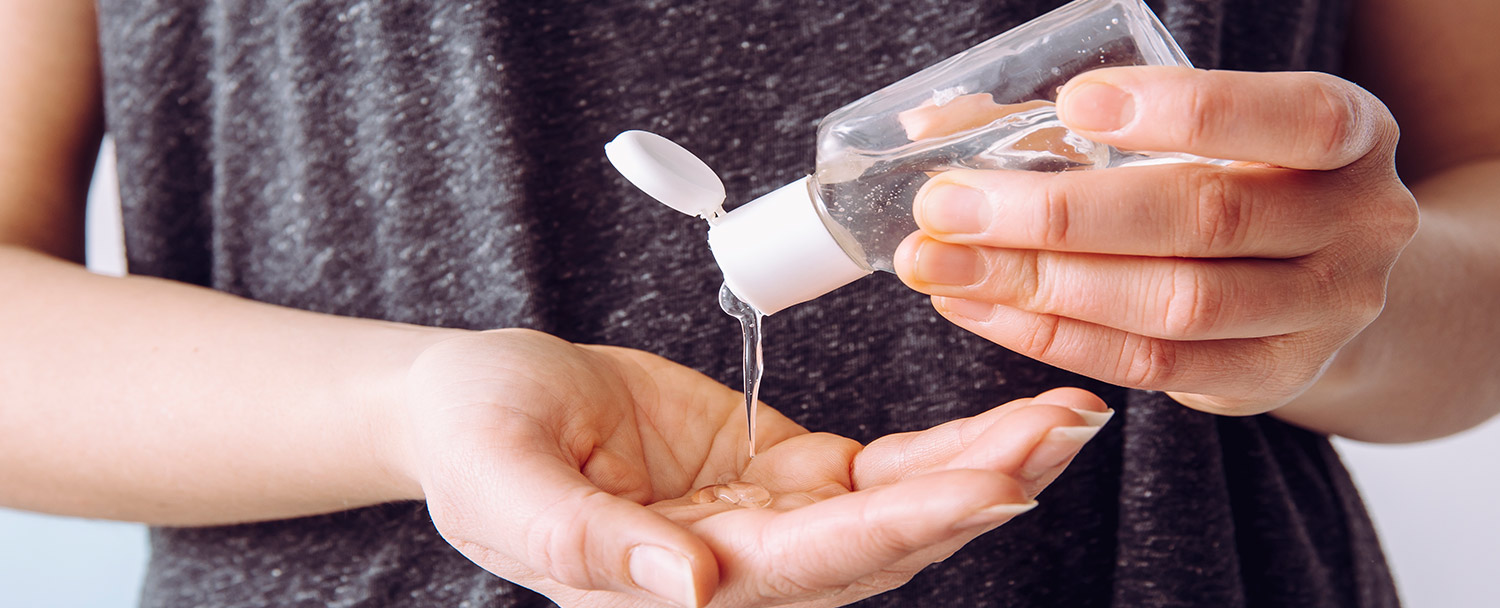
In our current era, where hygiene is paramount, we’re all looking for ways to stay safe and keep our surroundings germ-free. This heightened awareness has made hand sanitizers and sanitizing sprays more essential than ever. But why not turn necessity into a creative endeavor? Making DIY sanitizers is not only a productive and enjoyable at-home activity but also a step towards maintaining health and well-being.
DIY Hand Sanitizer: Your Homemade Germ-Fighter With the scarcity of commercial hand sanitizers, creating your own can be a practical and satisfying solution. Remember, when soap and water aren’t available, the CDC suggests hand sanitizers as an effective alternative. Crafting your own sanitizer can be done with just three ingredients and a bit of careful attention.
Safety First! Before diving into the DIY process, it’s crucial to ensure safety and effectiveness:
- Setup: Choose a clean, well-ventilated space for your DIY project.
- Preparation: Use a diluted bleach solution to sanitize your workspace before and after.
- Hygiene: Wash your hands thoroughly before starting and after completing your DIY.
- Tools: Ensure your mixing spoon and whisk are clean.
- Ingredients: Use undiluted alcohol for effectiveness and mix thoroughly for a consistent blend.
Ingredients for DIY Hand Sanitizer:
- ¾ cup 99% isopropyl or rubbing alcohol
- ¼ cup aloe vera gel
- 10 drops essential oil (like lavender or peppermint) or lemon juice
Steps to Make DIY Hand Sanitizer:
- Mix the ingredients in a glass measuring container.
- Whisk until you achieve a gel consistency.
- Transfer the mixture to a clean bottle for easy use.
- Label it as “hand sanitizer.”
Get creative with your DIY hand sanitizer by downloading a printable recipe card and label.
DIY Surface Sanitizer for a Germ-Free Home To ensure your home remains a safe haven, regular disinfection of high-touch surfaces is essential. The CDC recommends a simple bleach solution for effective home sanitizing.
Ingredients for DIY Surface Sanitizer:
- Bleach
- Water
Making the Solution:
- Mix 5 tablespoons (⅓ cup) bleach per gallon of water, or 4 teaspoons bleach per quart of water.
- Pour the solution into a spray bottle and label it clearly.
Download a printable label for your homemade surface sanitizer to keep everyone informed.
Hand Washing vs. Hand Sanitizer: Knowing the Difference While both hand washing and sanitizers aim to clean, they serve different purposes:
Hand Washing:
- The CDC recommends hand washing with soap and water for at least 20 seconds, especially after certain activities.
- Hand washing is more effective in removing all types of germs, metals, and pesticides.
Hand Sanitizer:
- Hand sanitizer is a good alternative when soap and water are not available.
- Use a product with at least 60% alcohol and rub hands until dry.
For the Little Ones: Hand Washing Chart To make hand washing fun and effective for kids, turn it into a game! Sing songs to ensure they wash for the full 20 seconds and track their progress with a hand-washing chart. Download a fun and engaging hand-washing tracker for kids.
Embracing DIY Sanitizers: A Step Towards Better Health These challenging times call for proactive measures. By making your own sanitizers, you’re not only contributing to the health and safety of your family but also engaging in a meaningful and productive activity. Remember, staying informed and following guidelines from reliable sources like the CDC and WHO is key to navigating this period safely and healthily.
Disclaimer: FragranceX does not endorse fragrance as a method for preventing or slowing the spread of the novel coronavirus.



 No products in the cart.
No products in the cart.